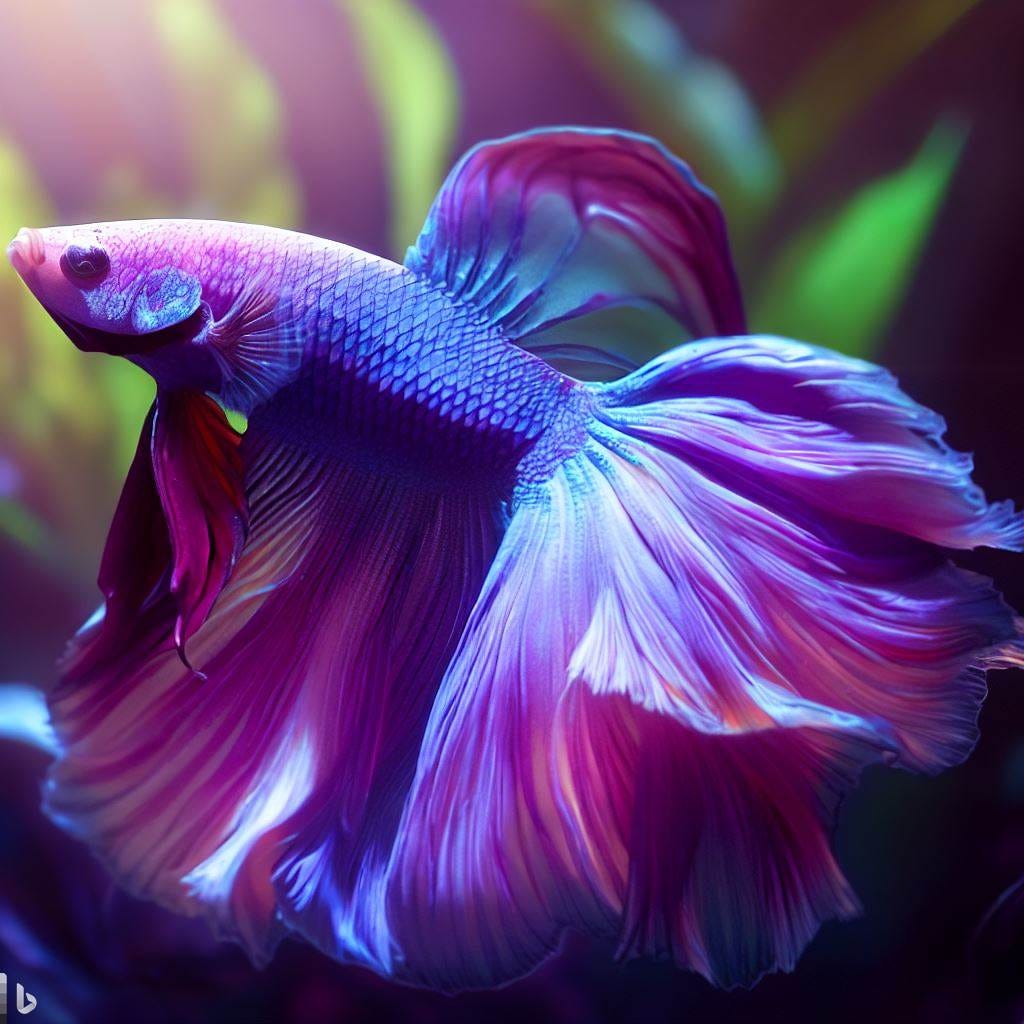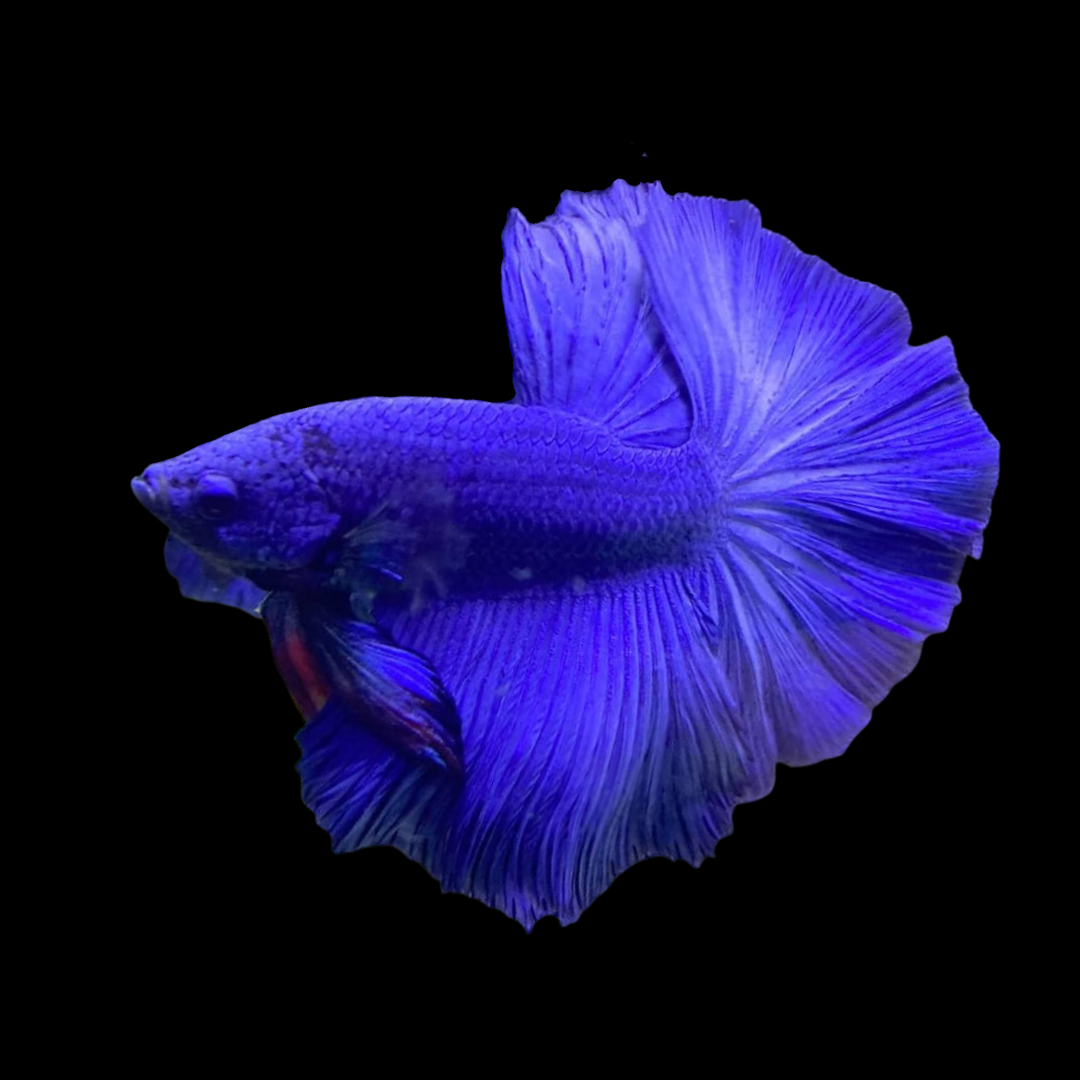Reproducing Betta Fish: a Comprehensive Step-By-Step Guide to Effectively Raising Child Bettas From Eggs to Their Adult Years
Breeding Betta fish is a precise venture that needs mindful planning and execution to make sure the effective growth of fry from eggs to grow fish. As the male Betta diligently constructs a bubble nest and guards the precious eggs, the subsequent phases of treatment and shift need focus to information and expertise of finest practices.

Choosing Reproduction Pairs
When embarking on the journey of breeding Betta fish, picking the ideal breeding pairs is crucial to attaining preferable characteristics and a healthy family tree - betta fish. The initial step in this procedure is to identify the specific traits you desire to enhance or maintain, such as color, fin kind, and physique. It is vital to choose genetically varied pairs to stay clear of inbreeding, which can cause health concerns and unfavorable characteristics
Review prospective breeding candidates carefully. A healthy male Betta should display vibrant shades, an active demeanor, and well-formed fins, while the female ought to additionally display lively pigmentation and a rounded tummy, showing readiness for spawning. Observing the character of both fish is vital, as aggressive or excessively reluctant individuals may not breed efficiently.
Documentation of lineage is just as important. Keeping records of the moms and dad fish's origins can assist you track hereditary characteristics and possible concerns. Additionally, seek advice from trustworthy breeders or on the internet sources for advice on picking compatible pairs. Ultimately, spending time in the selection procedure will significantly improve the chance of creating solid, vivid offspring that fulfill your reproduction goals (betta fish).

Preparing the Reproduction Container
Producing an optimal reproduction setting is a crucial step after picking appropriate pairs for Betta fish. The reproduction storage tank should be specifically developed to give convenience and stimulate the all-natural breeding actions of the fish. Start with a container size of a minimum of 10 gallons to make certain ample room for both the male and women Bettas.
Preserve a gentle purification system to maintain the water clean while staying clear of solid currents that can emphasize the fish. Furthermore, an air stone can be included in provide oxygenation without interfering with the water surface excessive.
Temperature law is crucial; go for a stable variety of 78-82 ° F(25-28 ° C) making use of a trusted heating unit. The pH level need to be maintained between 6.5 and 7.5, and normal water changes are needed to ensure high water high quality.
Include drifting plants or generating mops to produce concealing spots for the female, while likewise urging bubble nest structure by the male - betta fish. Make certain the container is free from sharp designs and any type of prospective threats, as the well-being of the fish need to always be focused on throughout this important stage of reproduction.
The Reproduction Refine
Typically, the breeding process for Betta fish entails a series of distinct and important site observable behaviors that indicate readiness for reproduction. The male Betta begins by building a bubble nest at the water's surface, which functions as a site for the fertilized eggs. This nest is essential, as it offers a safe environment for the eggs until they hatch out.
As soon as the nest is developed, the male will display courtship behaviors, such as flaring his fins and exhibiting vibrant shades to draw in the woman. The female, upon sensing the man's preparedness, will certainly respond by displaying vertical red stripes along her body, indicating her receptiveness.
The fertilized eggs after that fall to the bubble nest, where the male carefully gathers and returns them to the nest. Following this, the male presumes duty for safeguarding the nest and guaranteeing the safety and security of the eggs until they hatch, commonly within 24-36 hours.
Taking Care Of Betta Fry
Caring for Betta fry needs mindful attention to their atmosphere and nourishment to ensure healthy development and growth. After hatching, Betta fry are very small and prone, necessitating a steady and tidy habitat.
Feeding Betta fry is just as important. Originally, they should be used infusoria or carefully smashed high-grade fry food, as their mouths are too little to take care of larger particles. As they grow, you can gradually introduce bigger foods, such as child salt water shrimp or powdered flakes, to guarantee they obtain ample nourishment. Feed them tiny quantities numerous times a day, being mindful not to overfeed, which can lead to water quality issues.
Transitioning to Adult Bettas
As Betta fry mature, transitioning them to adult Bettas is a crucial phase that requires mindful monitoring of their atmosphere and social interactions. This process usually begins when the fry reach around 6 weeks old, at which point they can be gradually presented to a much look what i found more structured living environment.
To facilitate this change, it is necessary to ensure that the water criteria-- such as temperature, pH, and ammonia levels-- are ideal and stable. Grown-up Betta fish thrive in cozy water (around 78-80 ° F) with a pH of 6.5 to 7.5. Gradually accommodate the fry to these problems to decrease stress and anxiety.
Social communications are another crucial element; man Bettas are notoriously territorial and hostile. As a result, it is recommended to separate men right into individual containers as they mature. Female Bettas can be housed with each other, but care needs to be taken to keep track of for indicators of hostility.
In addition, dietary modifications need to be go to website made as the fry expand. Incorporate high-grade pellets and live foods to support their development and health and wellness. By managing these variables efficiently, you can advertise an effective transition to adulthood for your Betta fish.

Verdict
Effective reproduction of Betta fish calls for cautious interest to detail throughout the entire process, from selecting genetically varied sets to offering ideal care for fry. By making sure appropriate breeding problems and keeping water top quality, the probability of healthy and balanced children increases considerably. Additionally, a well balanced diet regimen and steady adjustment to adult environments are crucial for the development and advancement of Betta fish. Following these actions faithfully promotes a thriving population of Betta fish, boosting both their health and wellness and vigor.